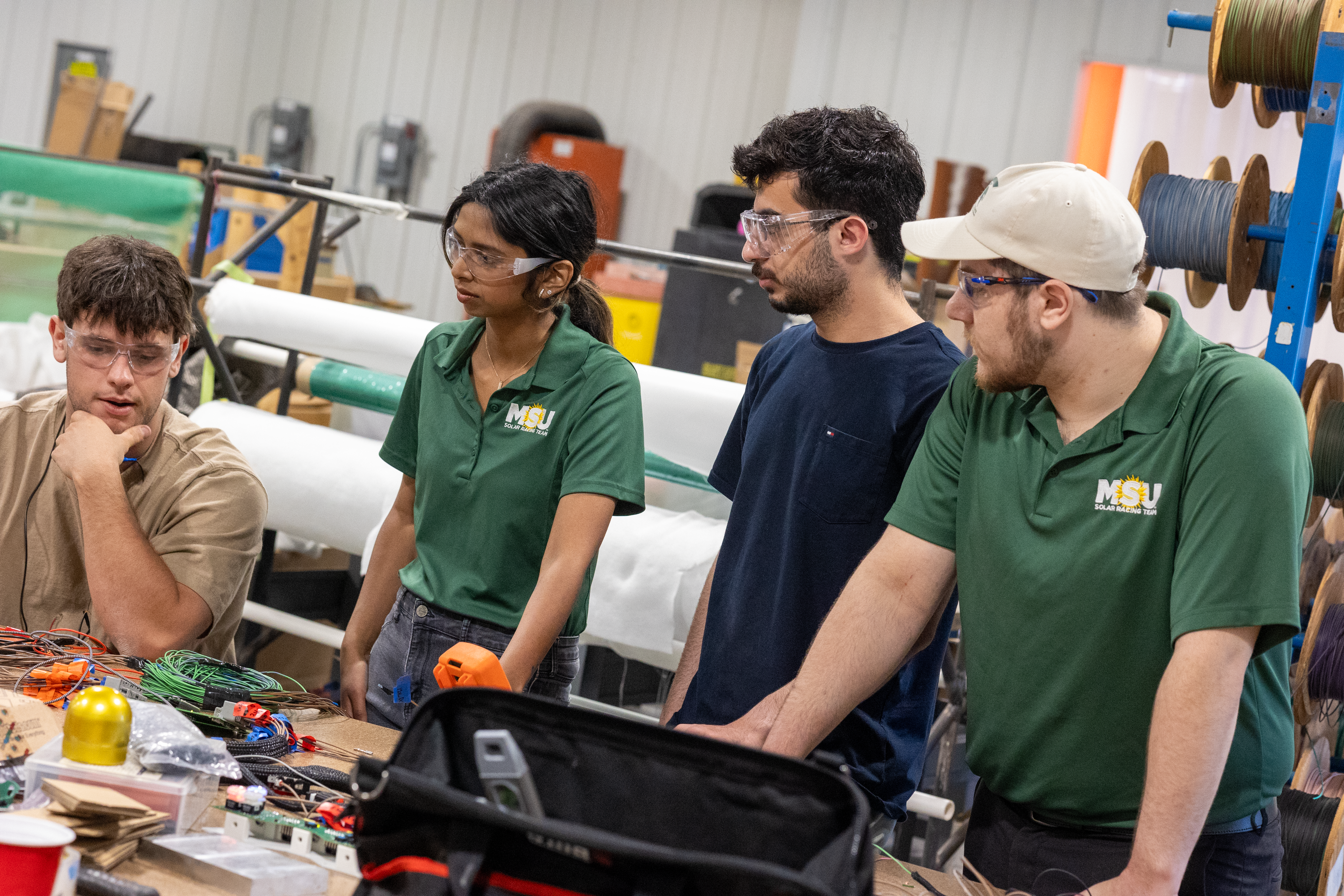
Christopher Contag
James and Kathleen Cornelius Chair
Department of Biomedical Engineering, College of Engineering
Professor - Department of Biomedical Engineering in the College of Engineering
775 Woodlot Dr Rm 1042
Biography
Dr. Contag joined Michigan State University in 2017 as the founding director of the Institute for Quantitative Health Science & Engineering (IQ) and the inaugural chair of the new Department of Biomedical Engineering in the College of Engineering. He is also a professor in the Department of Microbiology and Molecular Genetics. Dr. Contag received his B.S. in Biology from the University of Minnesota, St. Paul in 1982. He received his Ph.D. in Microbiology from the University of Minnesota, Minneap
Read moreEducation
B.S., University of Minnesota, Biology, 1982
Ph.D., University of Minnesota, Microbiology, 1988
Postdoctoral Fellow, 1988-1989, University of Minnesota, Department of Microbiology
...
Read more




